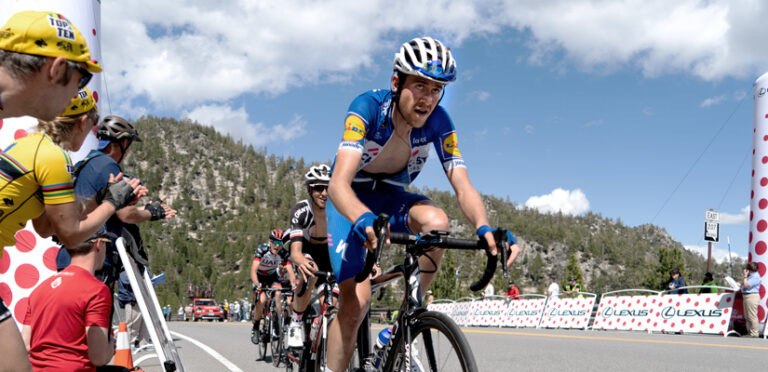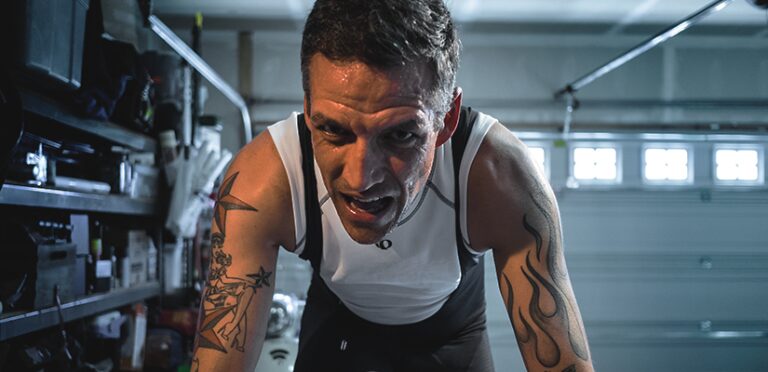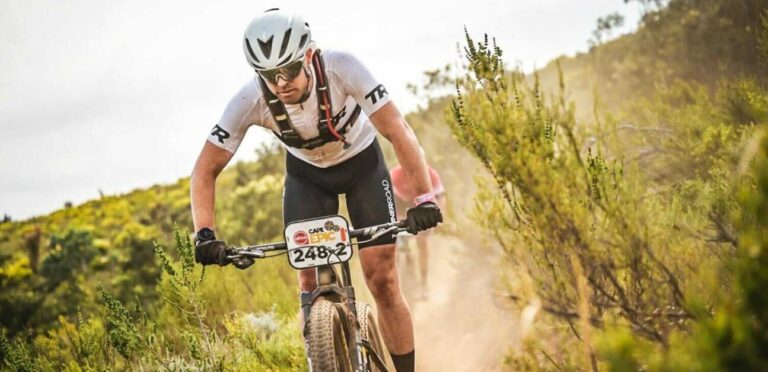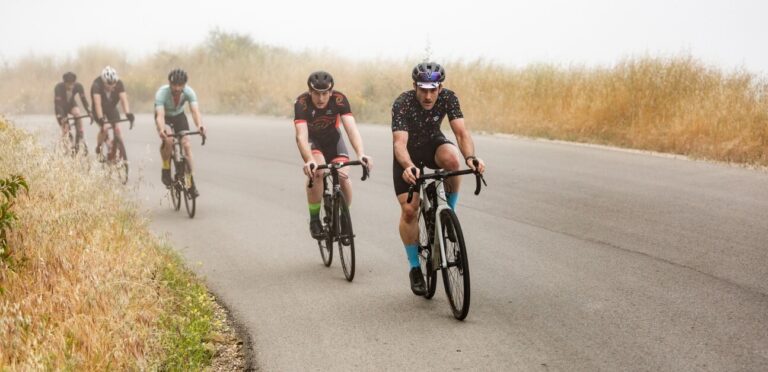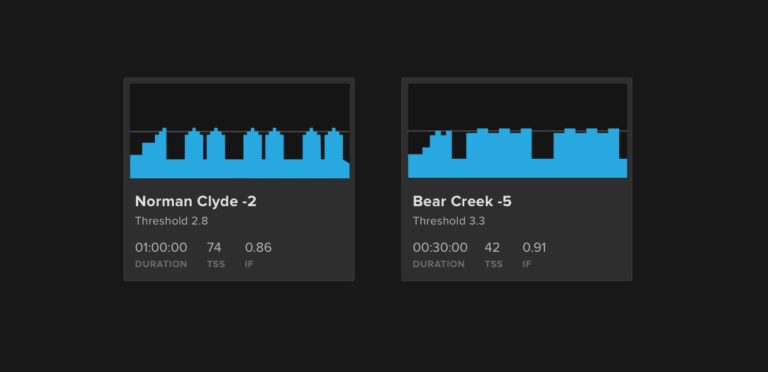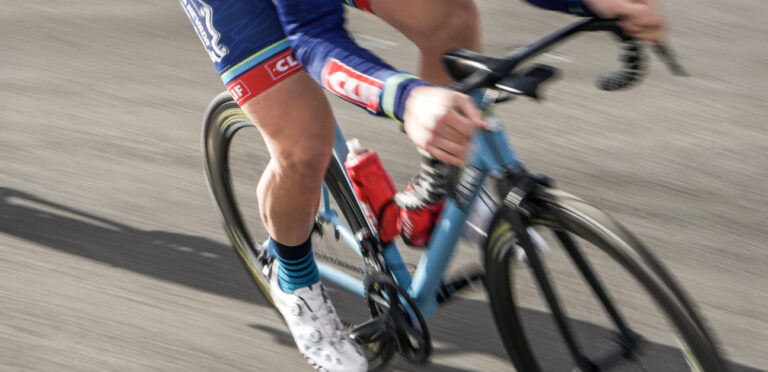Bonking is a dreaded experience, an exhaustion of fuel and shutdown of the body’s ability to exert itself. The term gets thrown around a lot, but if you’ve ever felt it you know how bad it can be, and how hard it is to recover from. So just what is a bonk, why is it a bad thing, and how can you avoid it?
